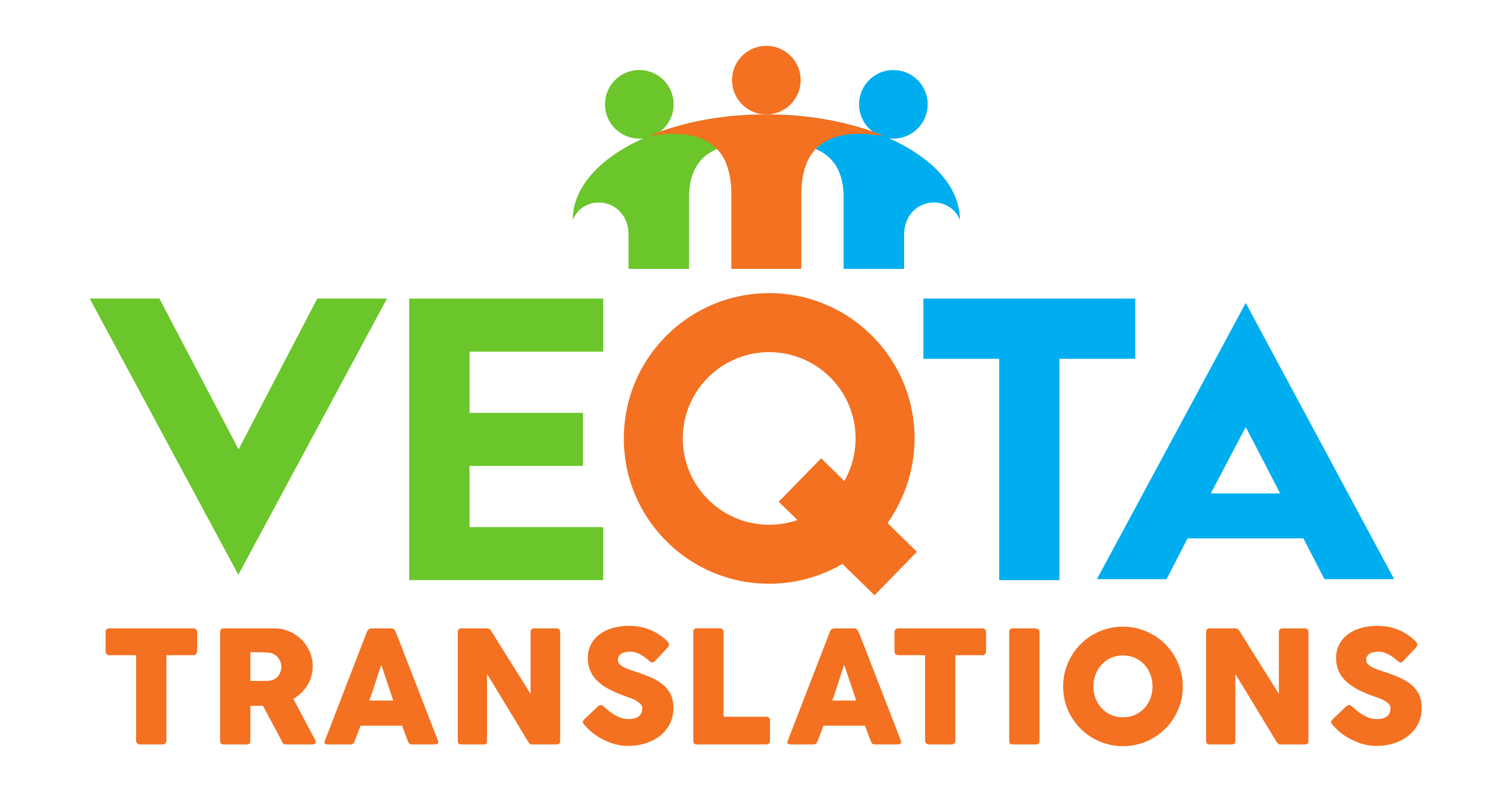Common Challenges and Practical Solutions in Translation and Localization
The problem: You don’t really know if it’s a good translation
Once the translation is delivered, how do you know it’s any good? If you don’t speak the target language, you’re relying on blind trust—or waiting for a colleague, reviewer, or even a customer to say something seems off. By then, it may already be live on your site or in print.
The solution: Ask for a test translation based on your real content
Many vendors are open to providing a short test sample for free. Choose a section of your actual content—something representative—and ask them to translate it. If you don’t have a reviewer, use an AI back-translation tool to check how closely the meaning holds up. It won’t be perfect, but it can help flag anything clearly off base. This gives you a clearer sense of their quality before you commit.
The problem: You don’t know who’s doing the work—or how
Most agencies say they use “professional native translators,” but that doesn’t tell you much. Is the translator familiar with your subject matter? Are they the same person editing and proofreading the work? If so, that’s a red flag—it’s easy to miss your own errors.
The solution: Ask about their process—and who’s involved
A good agency will separate translation, editing, and proofreading roles. Ask:
- Do different people handle each step?
- Are revisions included?
- What does your quality assurance process look like?
If complimentary revision is part of the deal, it’s usually a good sign. It shows they’re accountable—and more likely to assign their best translators, because they’re on the hook for getting it right.
The problem: You’re quoted by the hour—with no clear idea of total cost
You receive a rate like “$70/hour,” but no explanation of how many hours it’ll take. That makes it hard to compare with other quotes or to manage internal budgets.
The solution: Request a clear, itemized quote—per word, per page, or per project
Don’t be shy about asking for transparency. A professional agency should be able to estimate how long a project will take or offer per-word pricing so you can plan properly. Ask for an all-inclusive figure if you need to secure approvals in advance.
The problem: The formatting breaks when you paste the translation back in
You extracted content from a website or a layout file, sent it for translation, and then… chaos. Line breaks get messed up, UI strings overflow, or some fonts don’t render properly in the final format.
The solution: Tell the agency how the final translation will be used
Even if you’re sending plain text, explain what the end-use is. Will it be reinserted into software? Pasted into a PDF or CMS? Reimported into a layout tool like InDesign? Let them know—especially for languages like Thai or Japanese, where formatting is more sensitive. A good vendor can adjust formatting or provide advice on how to avoid encoding issues, especially across multilingual file types.
The problem: Deadlines feel vague—or keep shifting
You expected delivery “in two days,” but then find out the vendor meant “two business days in their time zone,” which isn’t the same as yours. Or worse, you’re told there’s a delay you didn’t see coming.
The solution: Be specific—and ask them to do the same
If you’re unsure when you’ll send the files, ask for turnaround estimates anyway. And when discussing timelines, be crystal clear:
- “Two working days—in Singapore time.”
- “Is this calendar days or business days?”
- “Will weekends or public holidays impact this?”
Precision upfront helps everyone stay aligned—especially across regions.
The problem: Replies from your PM are too short—or too late
You send a detailed question, and get back a one-line response. Or you ask for advice, and get a vague answer hours later. It makes you wonder how much thought is really going into your project.
The solution: Choose a team that communicates—not just responds
Early communication style tells you a lot. A good project manager should feel like a partner, not a middleman. They should be able to explain decisions, offer localization advice, and guide you when unexpected feedback comes in from reviewers. If their replies feel cold or minimal from the start, think twice.
The problem: You still have to spend hours reviewing—or rewriting—what you received
Localization is supposed to save time, but you’re stuck rechecking files, adjusting tone, or rewriting technical terms that weren’t handled correctly.
The solution: Ask about subject matter expertise—and feedback loops
Your provider should assign translators familiar with your field—and offer revisions if something feels off. Ask how they handle updates, feedback from your team, or inconsistencies in style or terminology. If they have a strong QA system and open revision policy, you’re less likely to be stuck doing cleanup work internally.
The problem: You don’t know what you don’t know
You’re not a linguist. You may not know the best practices around things like terminology databases, transliteration, or whether brand names should be localized or left in English. But that shouldn’t be your job.
The solution: Ask that—and see what they say
A good agency will guide you. Ask:
- “Is there anything I should be aware of for this type of content?”
- “How do you manage terminology?”
- “Do you have a policy on translating or transliterating names?”
- “What’s your approach for ensuring cultural relevance?”
You’ll quickly learn who’s prepared to support you—and who’s just pushing files through a pipeline.
Bring predictability to localization
Localization doesn’t have to be unpredictable. When you ask the right questions and choose a vendor who’s willing to engage with you, you gain clarity, control, and confidence in the process.
At VEQTA, we believe procurement teams shouldn’t have to “hope for the best.” That’s why we focus on transparency, specialization, and real partnership—from test translations to post-delivery support.
If you’d like help scoping your next translation project—or just want advice on how to evaluate a vendor—we’re happy to chat. Let’s make localization feel less like guesswork—and more like strategy.


